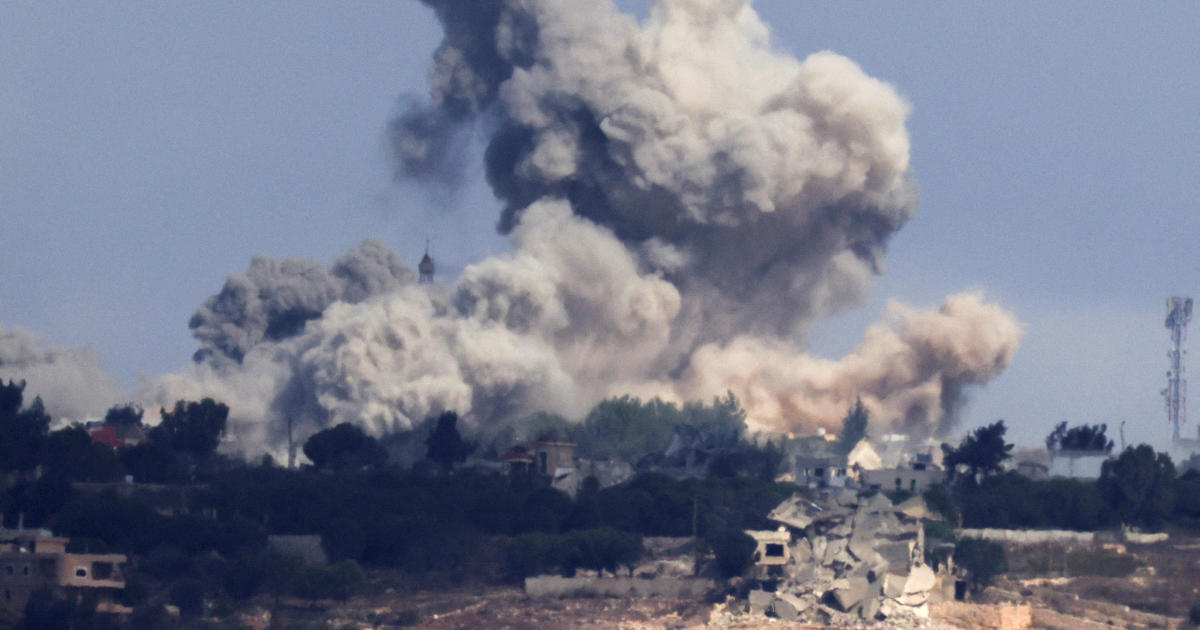The escalating conflict between Israel and Hezbollah in Lebanon marks a significant turning point in the region’s ongoing instability. Triggered by Hamas’ October 7th attack on Israel, the current conflict represents a dramatic intensification of the existing tensions, drawing in regional and potentially global powers. The situation underscores the complex web of alliances and rivalries that define the Middle East, highlighting the risks of wider regional conflict and the urgent need for diplomatic solutions. Israel’s ground operation in Lebanon, launched after weeks of devastating airstrikes, is a stark illustration of the complexities and dangers involved in the fight against Hezbollah, a group with extensive cross-border infrastructure and deep roots in Lebanese society. The high death tolls on both sides highlight the severity of the fighting and the urgent need for international mediation to prevent further escalation.
Israel’s Military Operation in Lebanon
The Ground Offensive and Casualties
Israel’s decision to launch ground operations in southern Lebanon after weeks of intense airstrikes marks a significant escalation of the conflict. The IDF initially announced “limited, localized, and targeted” raids, aiming to dismantle Hezbollah’s infrastructure and capabilities. However, reports of intense fighting and the confirmation of eight Israeli soldiers killed, along with several severely wounded, suggest a more significant engagement than initially portrayed. The IDF has offered limited details regarding the nature of the clashes, only stating that the soldiers were killed in two separate incidents. This lack of transparency fuels speculation about the scale and scope of the ongoing ground operations and adds to the uncertainty surrounding the conflict’s trajectory. Hezbollah, on the other hand, claims to have inflicted casualties on Israeli forces in various locations near the Blue Line, highlighting the intensity and unpredictability of the battles.
Civilian Casualties and Evacuations
The conflict has already caused immense suffering among the civilian population in southern Lebanon. The Israeli airstrikes, even prior to the ground offensive, had already caused significant destruction and displacement, with reports indicating over 1,870 fatalities and thousands of injuries according to Lebanese sources. The IDF’s evacuation orders for residents of multiple towns and villages along the border add to the humanitarian crisis. These evacuations raise concerns about potential further casualties among civilians caught in the crossfire or struggling to escape amidst ongoing hostilities. The IDF’s accusations that Hezbollah is using civilians as human shields exacerbate these anxieties, raising serious humanitarian considerations within the context of ongoing military actions. The sheer number of displaced individuals, coupled with the destruction of infrastructure, points to a protracted humanitarian crisis requiring a significant international response.
Hezbollah’s Response and Regional Implications
Hezbollah’s Capabilities and Tactics
Hezbollah, backed by Iran, is a formidable military force with substantial experience in guerrilla warfare. Their extensive tunnel network provides a strategic advantage in their defense against the Israeli ground invasion. Possessing a wide array of weaponry, ranging from rockets to sophisticated anti-tank missiles, their capabilities have created significant obstacles for Israel’s military offensive. Furthermore, their ability to integrate effectively into civilian areas in Lebanon complicates Israeli operations and makes the identification and neutralisation of Hezbollah targets exceptionally difficult and risky.
Iran’s Involvement and the Risk of Escalation
Iran’s backing of Hezbollah significantly complicates the conflict. Iran’s missile strikes on Israel further elevate the risk of escalation. This strategic support makes the conflict far more than a bilateral one; it potentially risks dragging in other regional players and could lead to broader regional conflict. Furthermore, Iran’s backing emboldens Hezbollah, leading to increased intensity and a potential prolonged conflict. International concern is amplified by the risk of entanglement with other proxy conflicts fueled by both sides’ network of alliances and ideological clashes. The already existing tensions between Iran and the West risk a broader conflict beyond Israel and Lebanon, causing a greater destabilization of the whole region.
International Response and Potential Outcomes
International Calls for De-escalation
The international community, including the United States, has repeatedly urged both sides to de-escalate and find a diplomatic solution. President Biden’s continuous calls for a cease-fire reflect the broader international concern about the conflict’s potential for further regional escalation and wider repercussions. The UN’s expression of concern highlights the implications of this conflict for regional security and stability and advocates for adherence to international norms and laws. However, Israel appears intent on achieving its military objectives before considering a ceasefire, raising questions regarding international mediation’s efficacy given the immediate military concerns.
Potential Scenarios and Long-Term Implications
Several scenarios could unfold in this volatile situation. A swift Israeli victory that significantly weakens Hezbollah’s capabilities in southern Lebanon is certainly a possibility. This, however, would not guarantee regional stability. Conversely, protracted warfare with continued high casualties could increase regional tensions and create a humanitarian crisis on an unprecedented scale. Any potential outcome hinges critically upon Israel’s military aims, the extent of Iranian involvement, and, most importantly, the success of any international diplomatic mediation. The potential long-term implications include long-term instability in Lebanon, significant loss of life, increased refugee flows, and ongoing economic challenges. The broader regional implications also present various potential outcomes including regional warfare and significant human displacement and destabilization across various territories.
Takeaway Points:
- The conflict between Israel and Hezbollah is a significant escalation in the Middle East.
- The high death toll on both sides highlights the severity of the fighting and the urgent need for international mediation.
- Hezbollah’s strong defense and Iran’s support significantly complicate Israel’s objectives and increase the likelihood of prolonged conflict.
- The humanitarian crisis in Lebanon demands urgent international attention.
- International calls for de-escalation remain crucial, but the likelihood of success hinges on multiple, possibly conflicting, agendas.




